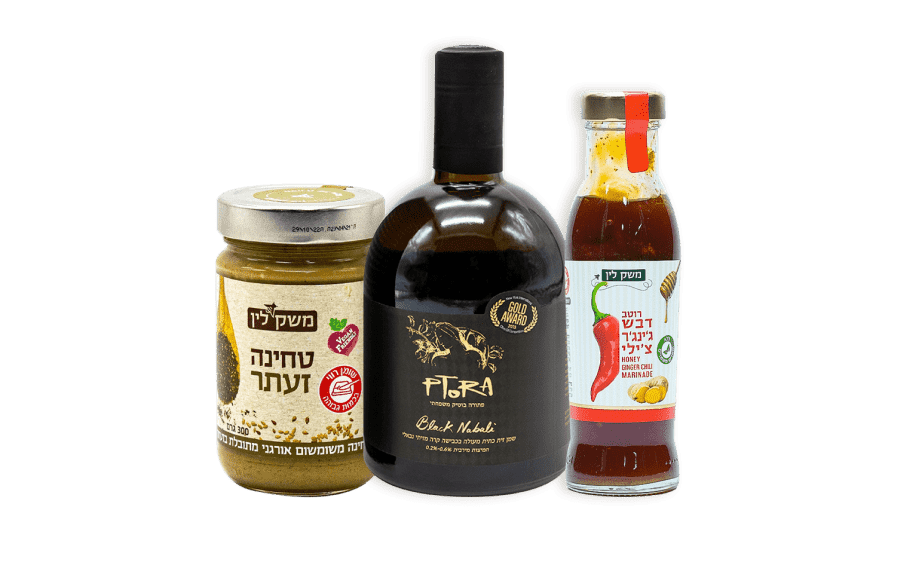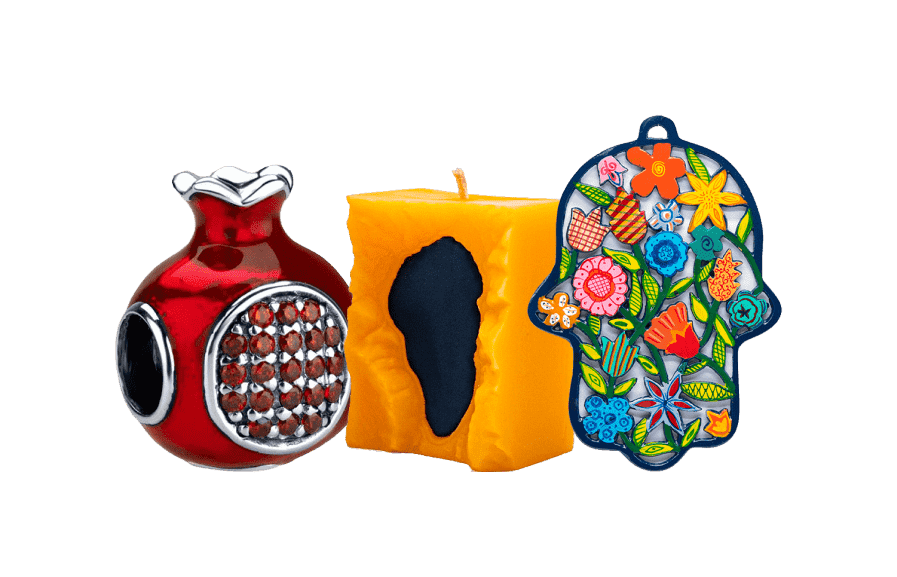Few fruits capture the imagination like the pomegranate. On the outside, its leathery red skin gives no hint of what lies within. But crack it open, and a secret world is revealed: hundreds of ruby seeds, each bursting with sweetness and life.
This hidden beauty has made the pomegranate one of the most powerful symbols in Jewish tradition. Ancient teachings say it contains 613 seeds—just like the 613 mitzvot (commandments) in the Torah. Whether exact or symbolic, the message is clear: the pomegranate represents fullness, blessing, and abundance.
The Bible itself celebrates the fruit:
- Numbers 13:23 – The spies return from Canaan with pomegranates, proof of the land’s fertility.
- Exodus 28:33–34 – The High Priest’s robe is adorned with embroidered pomegranates.
- Song of Songs – The pomegranate becomes a symbol of love and beauty.
For thousands of years, this simple fruit has carried profound meaning.

Tradition at the Table
As Rosh Hashanah approaches, Jewish homes across Israel and the world fill with the scents and sights of holiday traditions: apples dipped in honey, round challah loaves, and pomegranates shining like jewels at the center of the table.
When families gather, the ritual begins. Parents slice open the fruit and pass its seeds to their children with the blessing:
“May it be Your will that our merits be as plentiful as the seeds of the pomegranate.”
Every seed becomes a prayer for good deeds and abundance in the year ahead. The act is simple, yet profound—linking grandparents to grandchildren, faith to tradition, the past to the future.
👉 Tip: If you’ve struggled with opening a pomegranate without making a mess, here’s the secret: score the skin into quarters, gently pull it apart, and place the pieces in a bowl of water. The seeds sink while the bitter white pith floats. Suddenly, what once seemed complicated becomes easy.

Behind Every Seed, a Story
Every pomegranate on the holiday table carries more than taste and symbolism—it carries the story of the people who brought it there.
Across Israel, families rise early to tend orchards, gather honey from hives, press olives into golden oil, and craft Judaica by hand. These are not just jobs; they are lifetimes of tradition, passed from one generation to the next. A farmer walks the same fields his grandfather once planted. An artisan stitches blessings into fabric using the same patterns her mother taught her.
Each item—whether a bottle of olive oil, a bar of handmade soap, or a basket of fruit—is a small piece of Israel’s living heritage. It is a reminder that traditions are not abstract. They exist because real people keep them alive with care, patience, and devotion.
But this work is fragile. Families who dedicate their lives to these crafts often face challenges—rising costs, limited markets, and competition from mass production. Their traditions survive only if their communities, and those who value them around the world, choose to help them flourish.
Behind every seed is not just sweetness, but also a story—of hands, families, and faith.

A New Year of Seeds and Stories
This Rosh Hashanah, when you open a pomegranate, pause for a moment. Let its seeds remind you of blessings waiting to unfold, of prayers yet to be answered, of abundance ready to overflow.
But also remember: these blessings endure only because people keep them alive. Behind every fruit, every ritual, every symbol are families whose faith and work sustain them.
By opening your heart and your home to their efforts, you become part of a story stretching from biblical times to today. The pomegranate’s secret is not only its seeds—it is the way it connects heaven to earth, past to future, people to people.
This New Year, may its abundance remind you that when we nurture others, we nurture hope itself.








